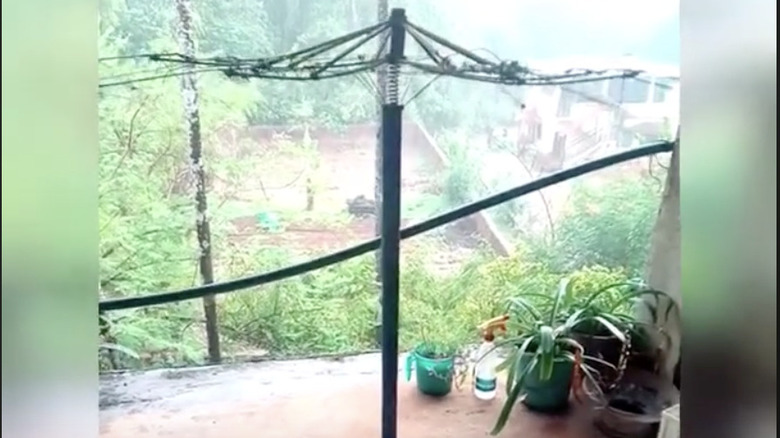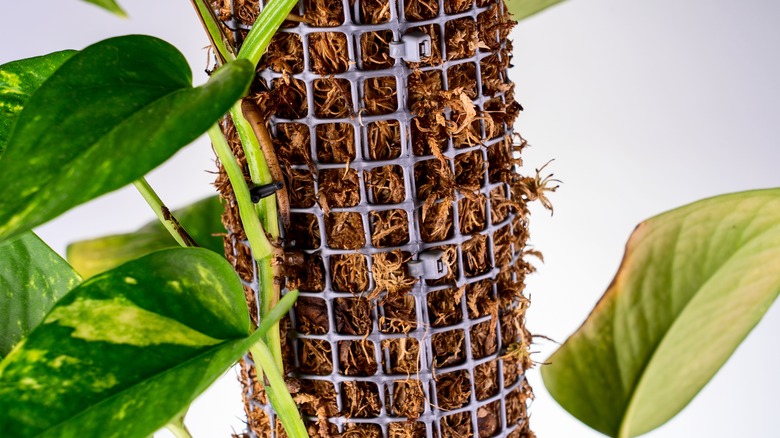Calling all plant parents! Regardless of skill level, knowing how to care for your plant babies is something you can always work at. Their needs and habits change with the seasons, especially as you grow your family of green-leaved little friends. For the most part, seasoned and novice plant parents are pretty familiar with caring for typical potted plants. But we could all use a little advice when it comes to giving a bit more support and care to climbing plants, in particular.
First things first, let’s talk through what a climbing plant is. Lianis, also known as vining or climbing plants, are organisms with long stems that are rooted in soil but have long, suspended offshoots. You’ll know your plant is a lianas if it typically lacks structural support, has rapid growth spurts, and naturally regenerates fairly quickly.
Some familiar house vines are pothos, monsteras, string of pearls, money trees, and arrowhead plants. Known to be some of the easiest houseplants anyone can keep alive, be aware of common reasons your plants may not thrive. Transferring a plant out of its natural environment can cause many difficulties, especially when it comes to maintaining proper climate, keeping a watering schedule that mimics a rainforest, and supplying natural vegetation that aids vining. So, unless you have a tree sprouting from your floorboards, a hack to keep your climbing plants healthy and ever-growing is always useful.
Everything you need to know about the umbrella hack

YouTube
According to YouTube creator Deepti’s World, this DIY trick will have your vining babies in a plant heaven. First off, grab your pot. Put leafy waste at the bottom about one-sixth of the way to act as manure. Then, add coconut husk to help maintain the moisture of the soil. Pile more of your waste mixture on top. Once your soil sandwich is finished, add manure. Cow dung mixed with soil does the trick. If you don’t have access, try worm castings, mulch, or stick with more of your original base.
Afterward, stick a pipe through each layer at the center and add more soil until it’s three-fourths of the way filled. This will hold the pipe steady and straight. Once you’re satisfied with the pipe’s posture, add water to keep the soil firm. Next, take an umbrella without a handle and gently wrap wire around each metal extension on each side, creating a small circle of wire that resembles the fabric of an umbrella. Inside, you’ll make a miniature circle doing the same thing. Once your two circles of wire are completed, place it on top of the pipe.
Now, place three wires into the base of the pot that extend to the edges of the umbrella. Apply as many wires as you need to feel supported. Beyond this tip being one of the best ways to grow seeds indoors, it’s also perfect for growing your garden outside, as well.
Other options if the umbrella method isn’t for you

The umbrella method is extremely effective, but we understand the work that comes with it — especially if you have multiple seedlings or fully-grown plants that you’d like to try the hack with. Indoors this can become a bit of a hassle, too, if you’re low on space. Luckily, more convenient options do exist.
Start with finding places in your home to help you plant spread its wings, literally. Opt for placing your pothos on top of kitchen cabinets or on high shelves. Place your money tree in an area where it can grow waywardly without getting too close to others. Keep in mind that plants, especially vining ones, don’t like to be touched. According to La Trobe University, touch-sensitivity from humans and other plants inconveniences a healthy growth schedule. So, find spaces where you won’t have to consistently shift them around. Moss poles are also extremely helpful for plants like monsteras and philodendrons. If you’re wondering what’s a moss pole and why you should add one to your houseplant, think of it as your vining plants GPS. It naturally encourages the direction of your climbing plant, especially at a young age, to prevent weak outshoots that may have less access to moisture. The pole naturally helps raise humidity, which is great for tropical plants, and provides nutrients to every part of the plant.


